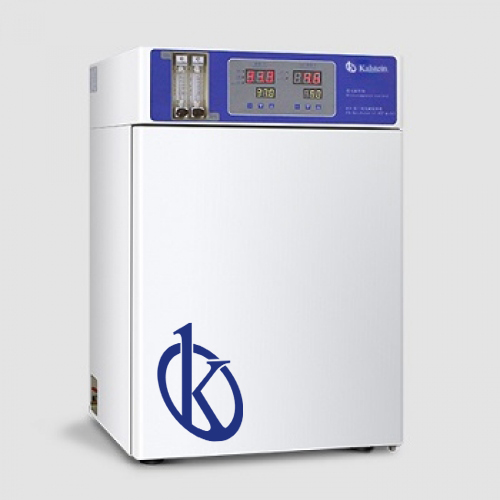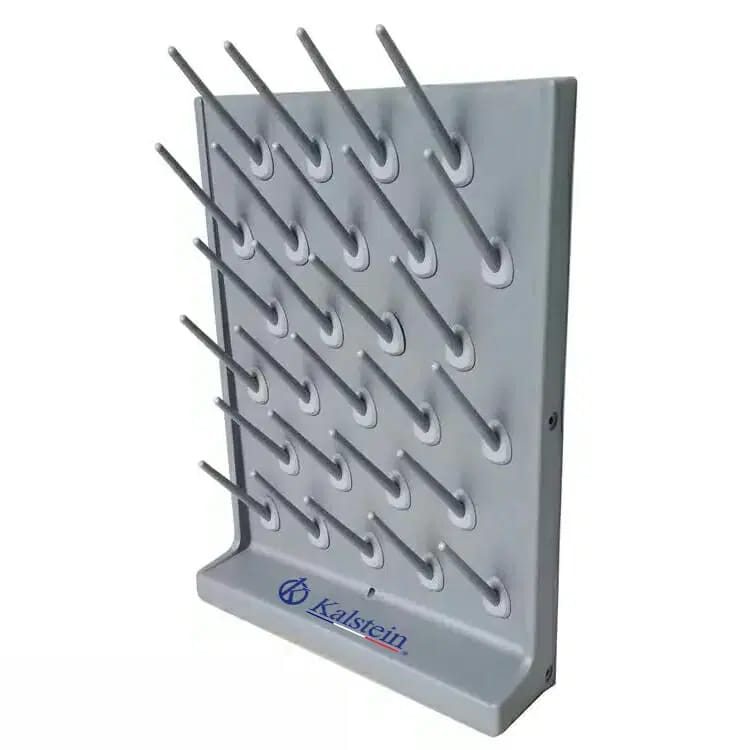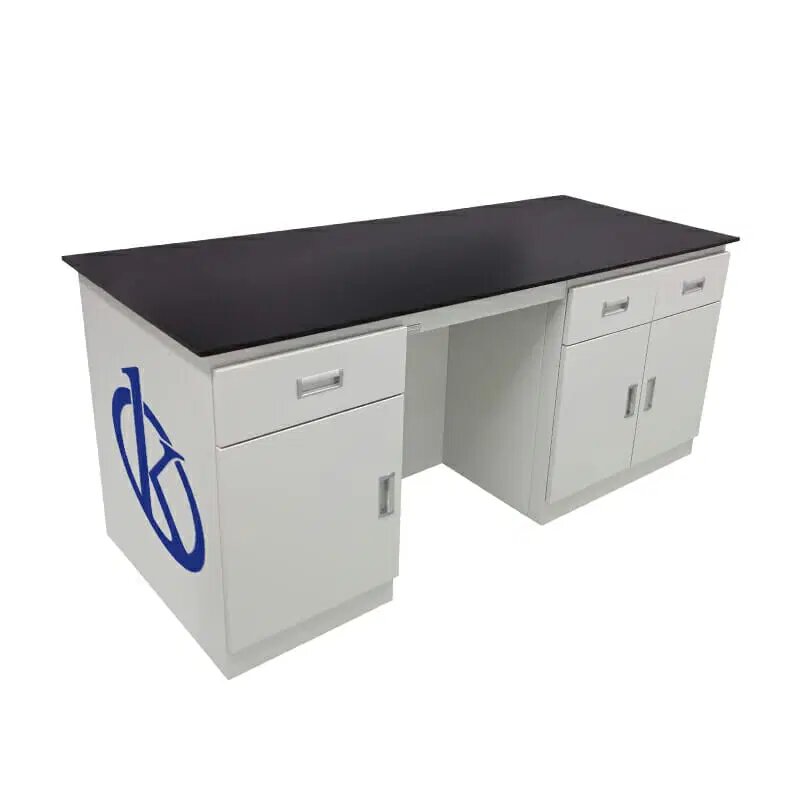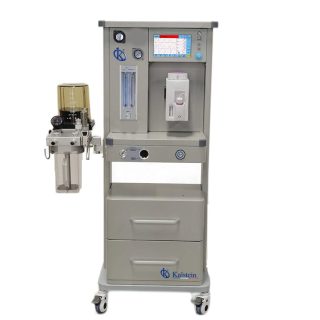The incubator is a device that uses various means of heat transfer and environmental control, to obtain conditions under which specialized laboratory procedures can be performed. In general, they have a system of electrical resistances that are controlled by devices such as thermostats or microprocessed controls. As for heat transfer systems, incubators basically use conduction and natural or forced convection.
Thermal conduction
In the incubators that work by thermal conduction, the set of electrical resistances directly transfers the heat to the walls of the chamber, where the samples are incubated. Resistances constitute a region of high temperature, while the chamber is a region of lower temperature. The transfer of thermal energy always occurs from the region of higher temperature to the region of lower temperature.
Thermal convection
In incubators that work by thermal convection, the heat generated by the resistance system is transferred to an air fluid that circulates in the incubation chamber, transferring the heat to the samples; The efficiency of this process depends on the flow patterns of the same. In general, the air enters the incubator from the bottom and is heated in a compartment, from which it flows to the incubation chamber, following uniform flow patterns, to finally go outside through a conduit located at the top of the incubator.
What do incubators require for their operation?
The incubators require the following conditions for their operation:
- An electrical connection sized according to the electrical standards used in the country. The electrical outlet that feeds the incubator must not be more than 1.5 m from the place selected for the installation of the incubator. The electric connection should normally supply a voltage of 120 V, 60 Hz or 220-240 V, 50/60 Hz and have its respective connection to ground.
- A free space on the sides of the incubator and also on the back of the equipment, in order to allow the passage of the cables and ventilation required by the incubator for normal operation. This space is estimated between 5 and 10 cm.
- A place in the laboratory where the temperature variation is minimal.
- A shelf or bench, firm and level, capable of supporting the weight of the incubator. The weight of a three-shelf incubator is estimated between 60 and 80 kg.
- Pressure regulators, hoses and couplings, for incubators that use carbon dioxide (CO2). In addition, anchors that allow to secure the cylinder of high pressure that contains the CO2.
Maintenance routines and use of the incubator
The general routines of operation and maintenance that an incubator may require are presented below. The specific procedures must be carried out following the recommendations of each manufacturer. Recommendations for use
- Do not use an incubator in the presence of flammable or combustible materials, because inside the equipment there are components that in operation could act as sources of ignition.
- Avoid the spillage of acidic solutions inside the incubator. These deteriorate the internal materials of the incubation chamber. Try to handle substances whose pH is as neutral as possible. Avoid incubating substances that generate corrosive fumes.
- Avoid placing containers on the lower cover that protects the resistive heating elements.
- Use personal protection items when using the incubator: safety glasses, gloves, tweezers to place and remove containers.
- Avoid standing in front of an incubator with the door open. Some substances emit fumes or vapors not recommended for breathing.
- Calibrate the incubator at the installation site to verify its uniformity and stability.
- Verify the operating temperature of the incubator in morning and afternoon hours, with certified instruments: thermometer, thermo pair, etc.
- Record each nonconformity detected in the incubator’s log. Explain if corrective actions were taken.
- Verify that the temperature of the incubator does not vary more than one degree centigrade (+/- 1 ° C).
- Add a non-volatile microbial inhibiting agent, if it is required to install a container of water inside the incubator to maintain a certain amount of moisture.
Kalstein offers you an excellent range of incubators. That’s why we invite you to take a look at one of our incubators available at HERE




